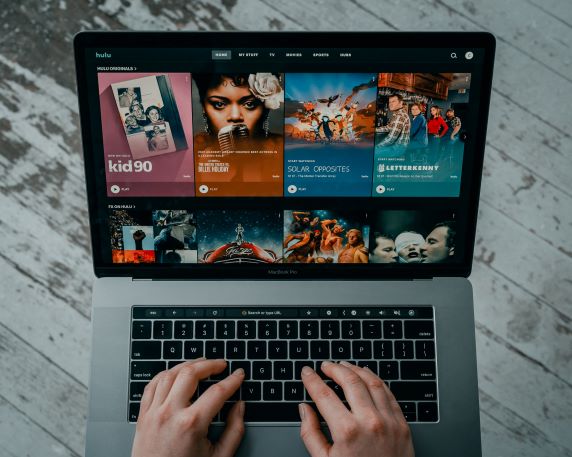COMM 3720U – Knowing Your Audience: Audience Studies for Media Professionals and Creators

When we read the daily news or a classic novel, browse the latest TV shows and movies on Netflix, and scroll through Twitter and Facebook, we engage with these media forms as their “audience.” But what is an “audience” and how have ways of identifying, measuring, monetizing, targeting, influencing, impacting, interacting and studying audiences changed in relation to new media developments, from print to broadcasting to Internet search engines and social media platforms? This course is an introduction to media audience studies. Balancing between traditional and digital media audience theory and research, the course explores the many ways that media industries, researchers and creative practitioners try to know their audience: as victims of “media effects”, sovereign consumers, commodities and market segments, receivers, decoders, fans, subcultures, communities, users, data profiles, prosumers and more. Students learn how to analyze the media audience and devise their own media strategy and tactics for identifying, reaching, interacting with and influencing an audience.
